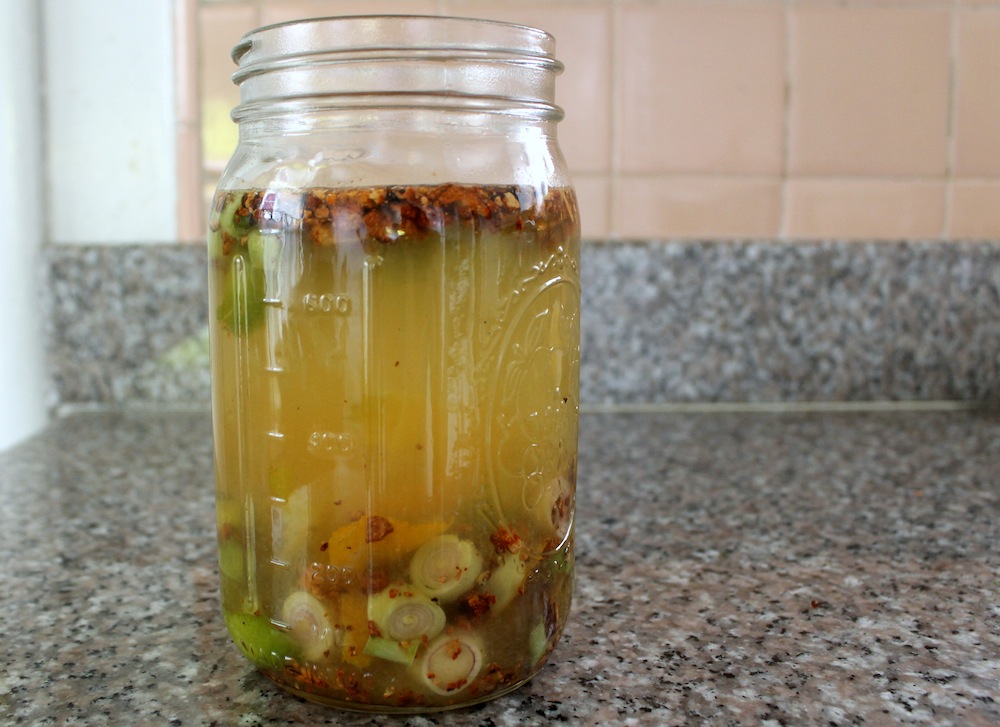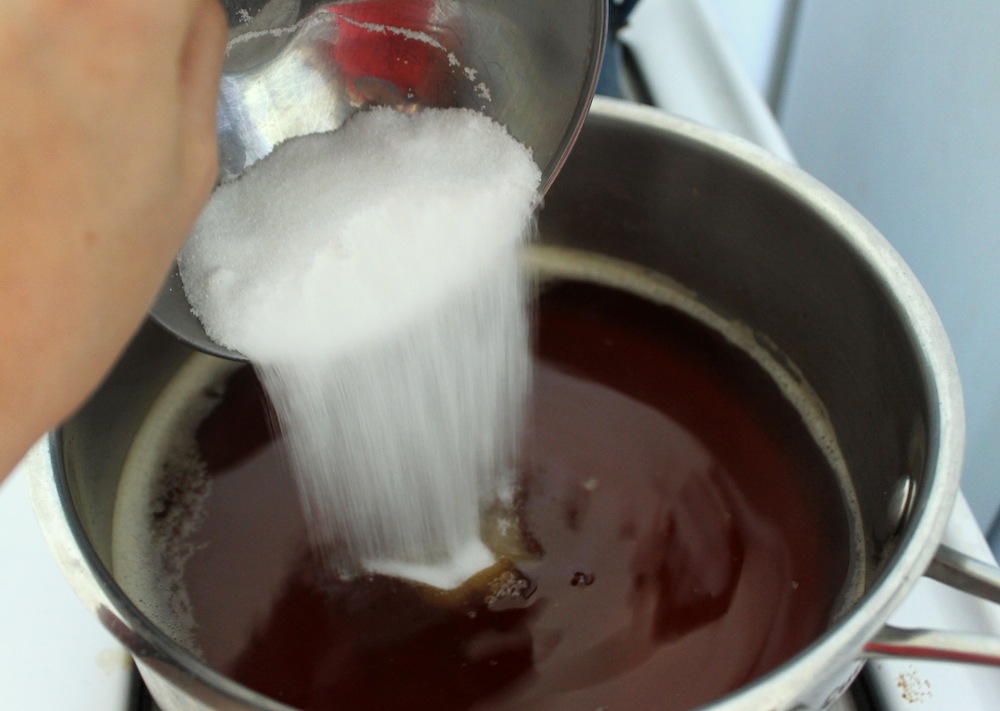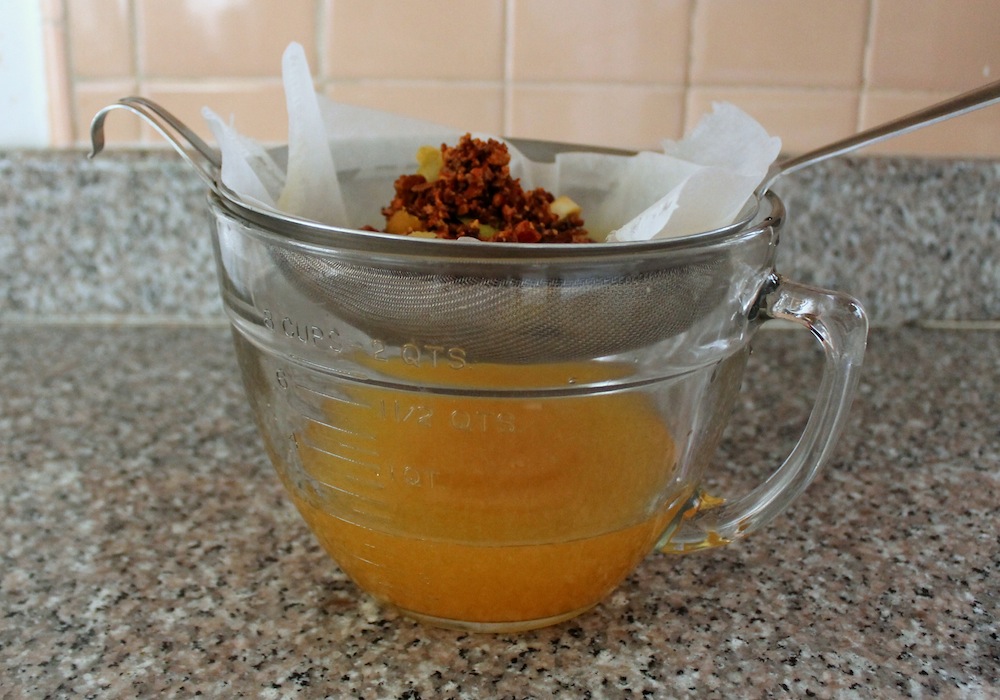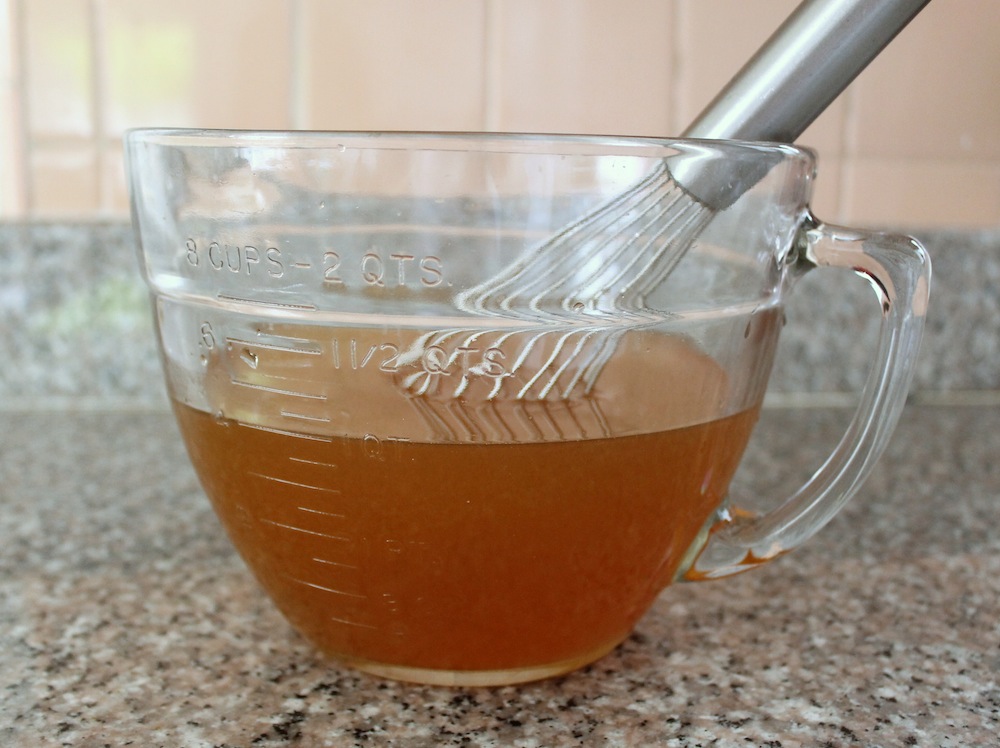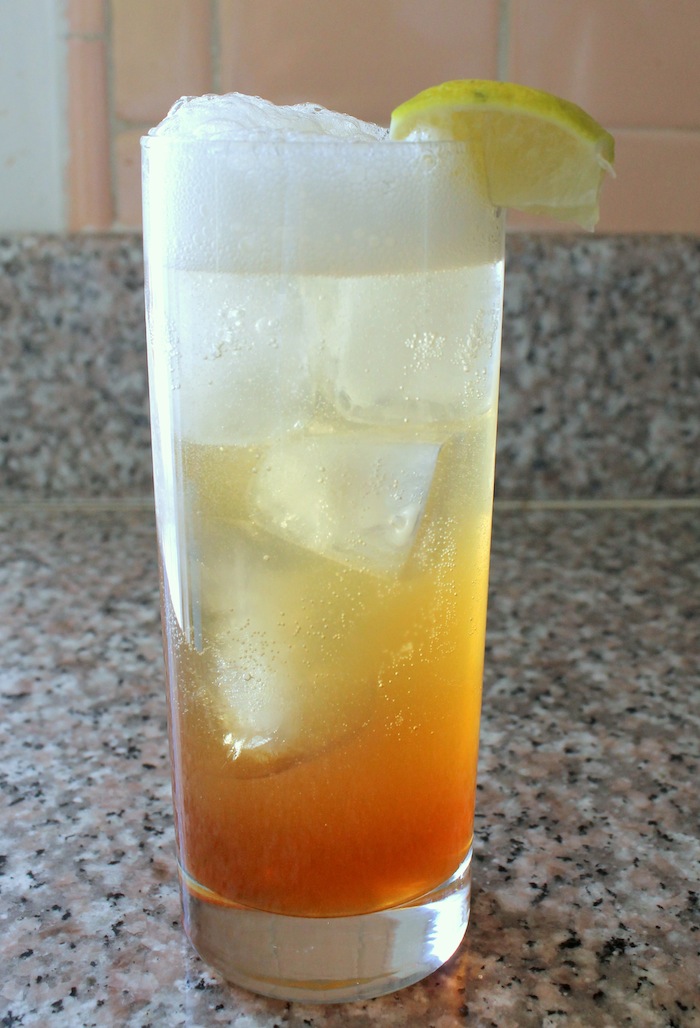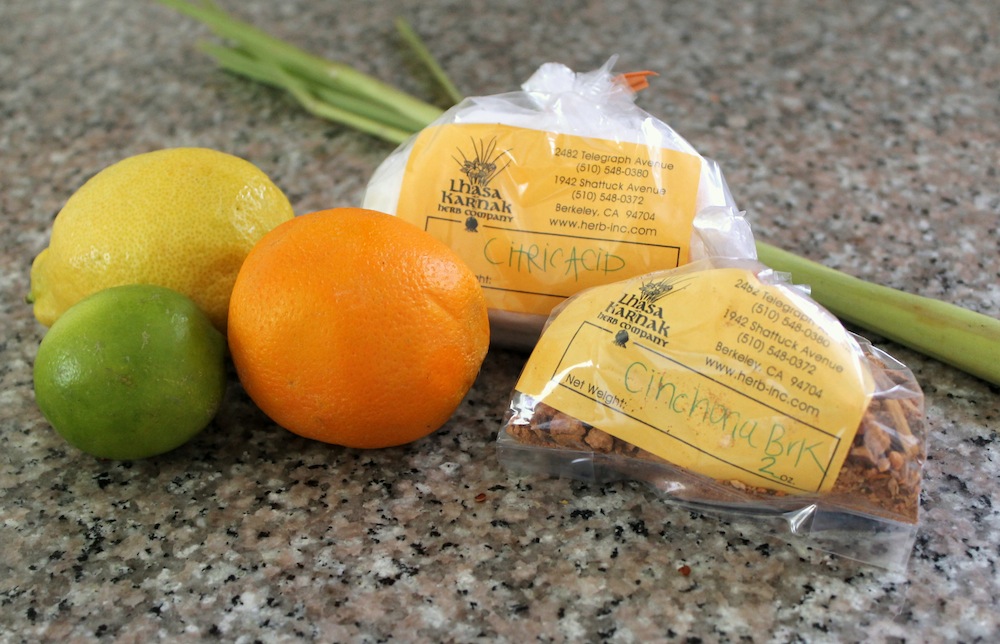
Memorial Day may not fall on the solstice, but it still signifies the beginning of the summer season. With it comes a bounty of fruits and vegetables, picnics, and plenty of afternoons spent grilling outdoors. And even if our Bay Area summer days come interspersed with plenty of cloudy ones, we can still celebrate like the rest of them. The best way to do so? Switch your drinking habits over from dark spirits to light, refreshing gin, served with bubbly, refreshing homemade tonic water.
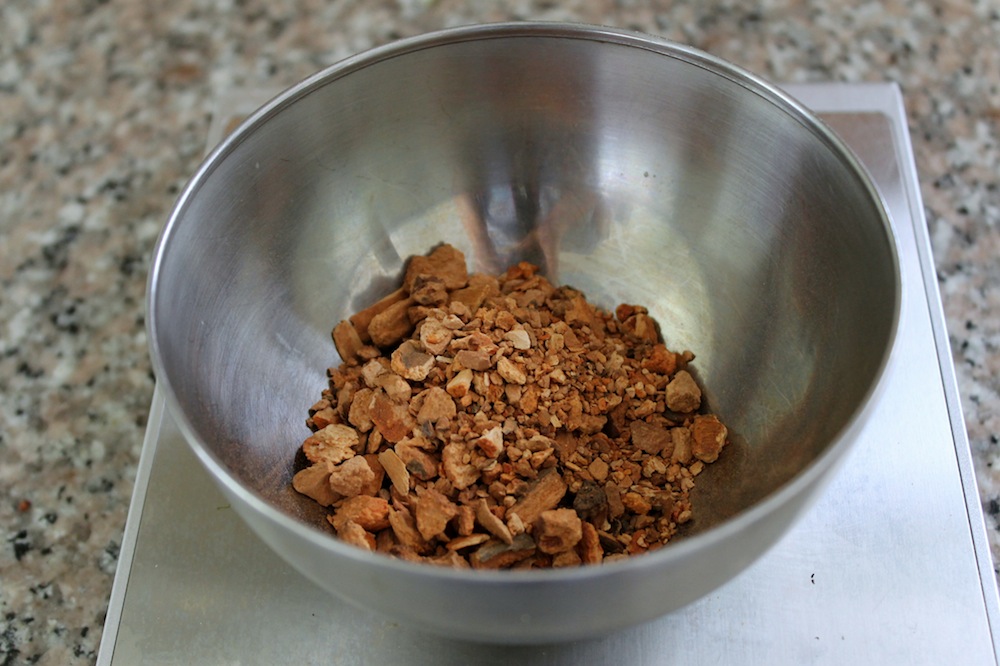
If you take a look at a bottle of Schweppes tonic, you’ll likely see three ingredients: water, corn syrup, and quinine. It’s easy to do better than that at home. Start with the quinine. Most commercial tonic manufacturers use chemically-produced clear quinine in their tonic water, but the bitter flavor originally comes from the ground bark of cinchona trees. Today, cinchona bark is sold as a natural herbal remedy and can be found through most online and brick-and-mortar herb shops. It’ll turn homemade tonic water a golden brown color, but otherwise has the same effect as the commercial variety. To offset the bitter flavor of the cinchona, we’ll add cane sugar (instead of corn syrup) as well as citric acid and the complementary flavors of citrus and lemongrass.
The easiest way to make carbonated tonic water at home is to first make a sweetened tonic concentrate. This viscous liquid will keep in the fridge for an extended period of time and it can be diluted with as much seltzer water as you’d like upon serving.
Most of the recipes for tonic water I found online called for simmering the aromatic mixture in water for close to half an hour. This method makes a tonic concentrate that is extremely bitter, blunt, and intense. I found that I liked tonic that was “cold-extracted” much better -- the flavor of the citrus really shines. Plus, it’s also a tiny bit easier!
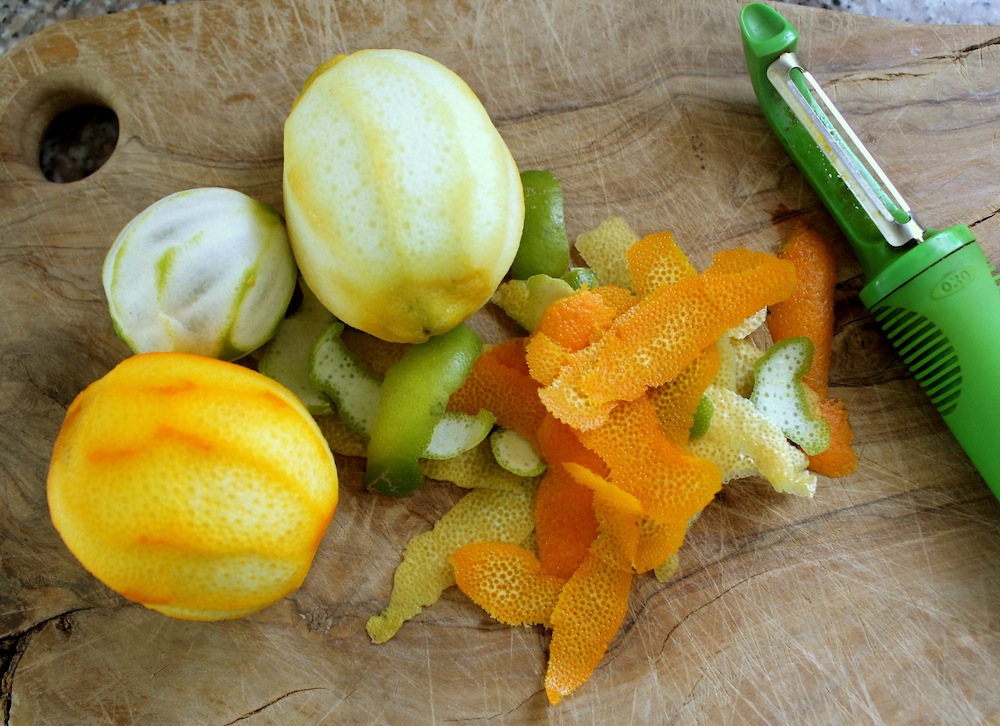
To begin, gather one orange, lemon, and lime. I like to use organic citrus here because we’ll be using the zest. If you can’t stomach the cost of organic limes right now, be sure to scrub the exterior very well. Use a vegetable peeler to remove the zest in large swaths, leaving as much of the white pith behind as possible. Transfer the zest to a 1-quart glass jar. Halve the peeled citrus and squeeze the juice into the jar. I like to use a levered hand-juicer to make sure I get out as much juice from the fruit as possible.

Next, chop the lemongrass. Remove the first outer layer or two until you reach an unblemished layer. Trim off the really fibrous top 6 or 8 inches of the lemongrass, as well as the bottom 1 inch or so of root. Discard. Cut the remaining lemongrass into rough chunks, about 1/2 inch long. Add these to the jar with the citrus.
